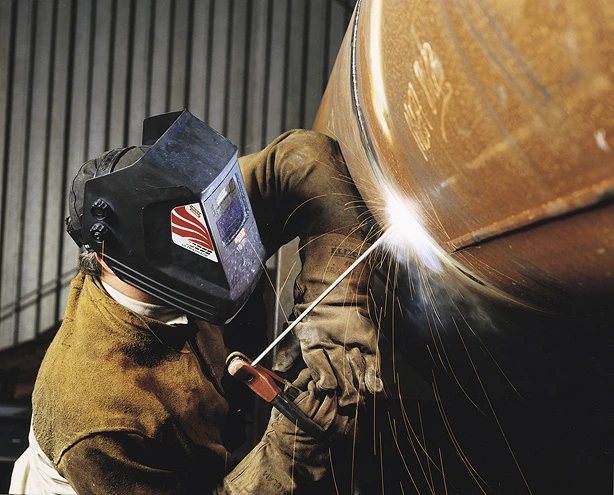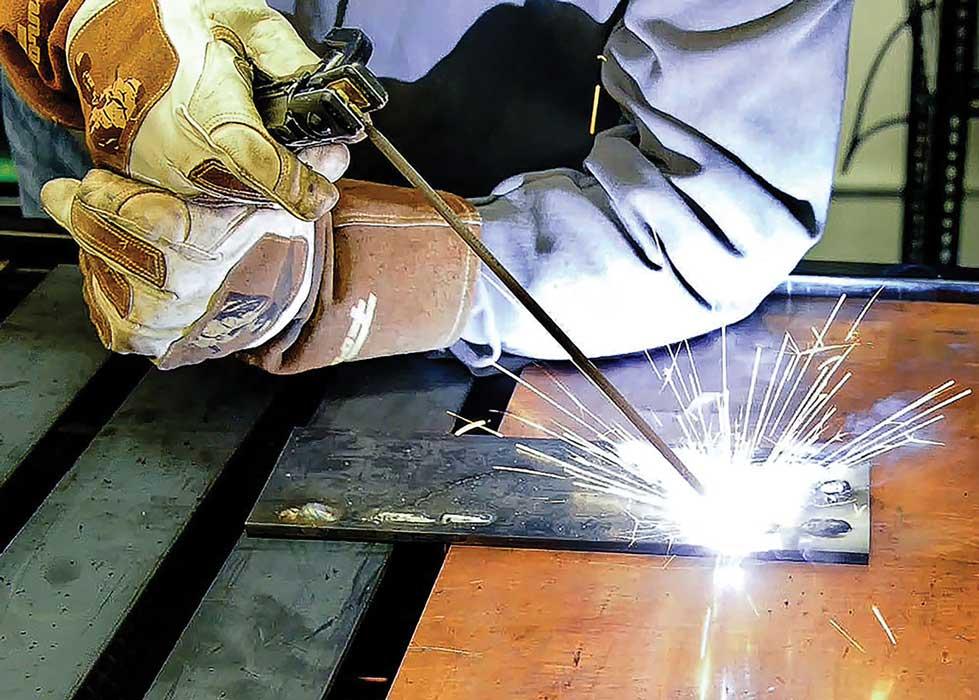Grasping Welding WPS Criteria: Ideal Practices and Techniques for High Quality Welds
In the realm of welding, grasping Welding Treatment Specification (WPS) requirements is an important part that directly influences the high quality and honesty of welds. As we navigate with the details of welding WPS standards, discovering vital insights and methods for attaining top-tier welds will certainly be critical for welders looking for to succeed in their craft and create welds that stand the examination of time.
Understanding Welding WPS Criteria

Understanding WPS criteria is crucial for welders, examiners, and engineers included in welding procedures. By complying with WPS guidelines, welders can generate welds that satisfy the required mechanical residential or commercial properties and architectural stability. Inspectors rely upon WPS documentation to validate that welding treatments are being adhered to correctly and that the resulting welds are of top quality. Designers use WPS criteria to develop welding treatments that guarantee the durability and integrity of welded frameworks.


Important Tools for Quality Welds
Mastering welding WPS standards is crucial for welders to efficiently make use of the necessary devices required for producing high quality welds. Among the most important tools for quality welds is a welding machine. The kind of welding equipment required depends upon the welding process being made use of, such as MIG, TIG, or stick welding. Welding headgears are likewise important to safeguard the welder's eyes and face from sparks, warmth, and UV radiation. In addition, welding gloves made of heat-resistant and sturdy products protect the hands from injuries and burns. Magnets and clamps help hold the workpieces with each other securely throughout the welding procedure, guaranteeing accurate and specific welds. Cable brushes and cracking hammers are essential for cleaning up the weld joint before and after welding to get rid of any type of impurities that Look At This might affect the top quality of the weld. Finally, a gauging tape and angle grinder serve tools for making certain correct alignment and preparing the work surfaces for welding.
Key Methods for Welding Success
To accomplish welding success, one need to grasp the essential methods vital for generating top quality welds. Preserving a consistent hand and a steady welding position throughout the procedure is crucial to accomplishing precision and consistency in the welds. By mastering these vital strategies, welders can raise the high quality of their work and attain welding success.
Ensuring Conformity With WPS Specifications

In addition, keeping in-depth records of welding parameters, devices calibration, and assessment outcomes is important for demonstrating conformity with WPS criteria. By carefully sticking to WPS requirements, welders can make sure that their work meets the needed top quality levels and contributes to the total success of the welding job.
Troubleshooting Common Welding Issues
To resolve this, making sure proper cleansing of the base metal prior to welding and making use of the proper protecting gas can significantly decrease porosity. Additionally, distortion, cracking, and spatter are common welding difficulties that can be alleviated via correct joint preparation, consistent warm control, and Our site choosing the proper welding consumables. By extensively understanding these common welding issues and their root triggers, welders can successfully fix troubles and attain high-grade welds.
Final Thought
Finally, grasping welding WPS criteria requires a complete understanding of the guidelines, making use of crucial devices, and applying vital strategies for effective welds. Making certain conformity with WPS standards is important for creating high quality welds and preventing typical welding concerns. By following finest strategies and methods, welders can achieve constant and helpful resources trusted results in their welding projects.
In the realm of welding, grasping Welding Procedure Specification (WPS) criteria is a critical part that straight influences the quality and honesty of welds.When diving into the world of welding techniques, an essential element to comprehend is the importance and intricacies of Welding Treatment Spec (WPS) criteria. WPS criteria provide a detailed standard for welding operations, ensuring uniformity, quality, and safety in the welding procedure. The type of welding equipment needed depends on the welding procedure being used, such as MIG, TIG, or stick welding.Achieving welding success through the proficiency of key strategies requires a thorough understanding and adherence to Welding Treatment Spec (WPS) criteria.